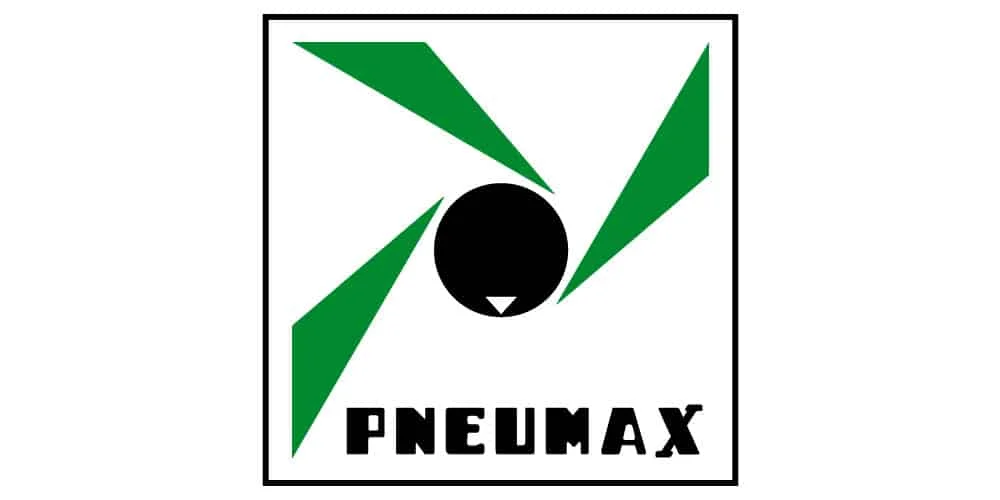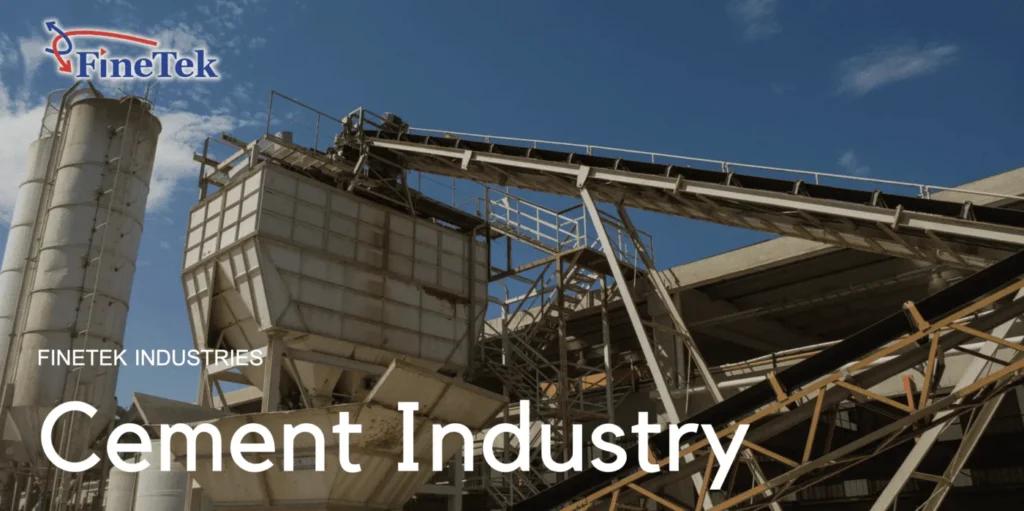Cement is the world’s most important construction materials. Cement production, generally can be divided into raw material grinding and burning. Cement is made using three processes – raw material grinding limestone and clay and other raw materials for the mill grinding process. Calcining the raw material that is processed into the kiln; burning it and then after grinding to become cement.
Major Raw Material Storage Tanks
Lime is one of cement’s raw materials found by quarry exploration by drilling, sampling, testing and initial ascertaining the chemical composition. The composition is based on the terrain. Other processes include quarrying, stone crushing and other ingredients include clay, silica sand, iron slag and others need to be stored separately.
Rotary Kiln
Limestone, clay, silica sand, iron slag and other raw materials are mixed into powder. After dust collection, they are stored in a raw material repository. The raw material to go through the suspension preheater tower and preheat the combustion chamber, and then through a rotary kiln at 1450 ~ 1500℃. They are placed in a high temperature till semi-molten form and then fall into the cooler to be cooled, after which the clinker remains. They are later transported to the clinker silo storage.
Transportation Equipment
Conveyor belts carry raw materials to take provide storage, easier on-site installation, and work safety protection. Cement shipments be divided into two types: bulk and bagged.
Dust Collection Equipment
Cement in the transportation process can lead to dust emissions. Dust collection equipment is used by pumping air, creating negative pressure which will suck out the dust.
Furnace Slag Cement Gravel Storage Tank
After the furnace slag cement is made, gravel is needed to create construction materials and therefore needs to be stored. To detect the level, switches and other products are used to provide easy control and management to personnel.
Reference: Fine-Tek
















